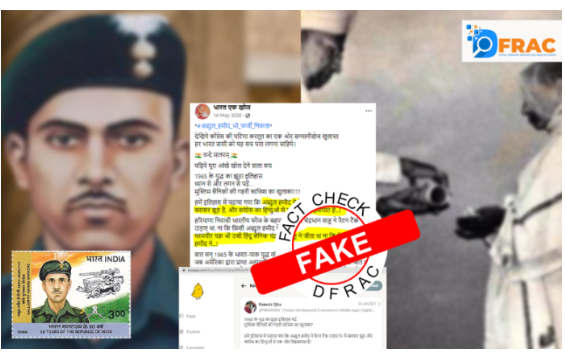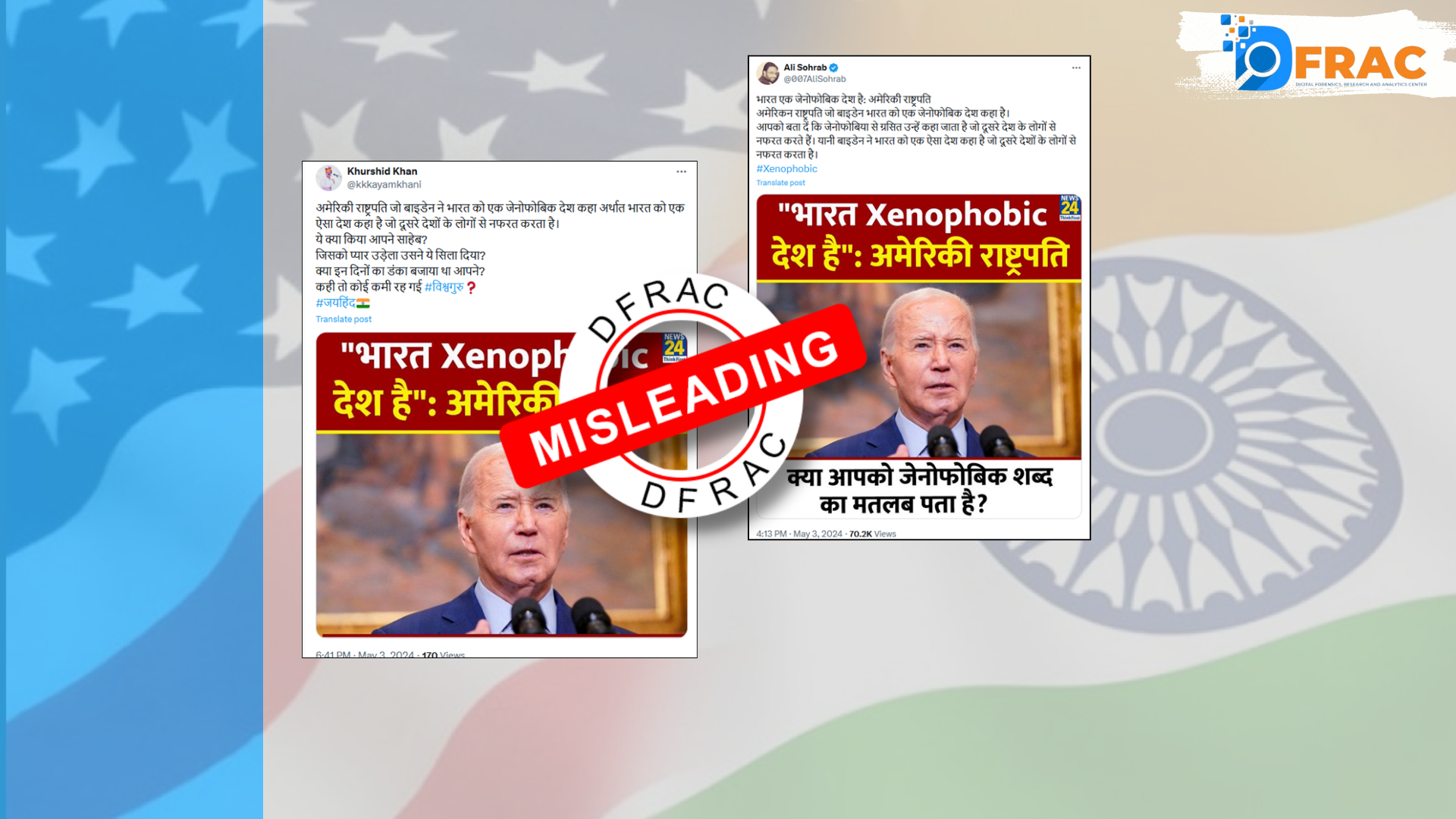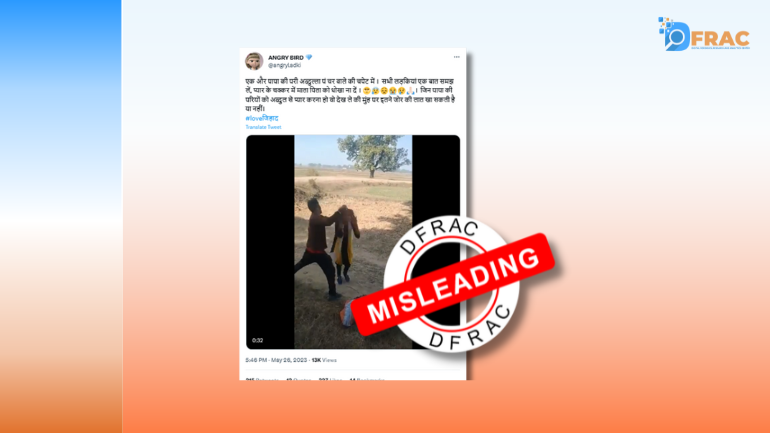It has been claimed by many users on social media sites that in the Indo-Pak war in 1965, it was not Amar Shaheed Veer Abdul Hameed but Chandra Bhan Shahu who blew up Pakistan’s Patton tanks.
A user named Bharat Ek Khoj wrote a 3363 worlds long post on Facebook.#abdul-hamee- also-turned out- to- be- fake came out in this post with the claim that Chandrabhan Sahu had blown up the Patton tank, not any Abdul Hameed. Param Veer Chakra was also given by the same Hindu soldier Chandrbhan Sahu and not by any Abdul Hameed.! At the time of the war in (1965), there was a great lack of confidence and utter despair in the Indian camp after most of the Muslim soldiers of the Muslim Battalion of the Indian army went to the Pakistan camp and the rest of the Muslim soldiers laid down the arms in its support. At the time very unpleasant situation, a ray of hope and a hero of the whole war had come, a twenty-year-old young man of the Indian Army. Soldier Chandrabhan Sahu. (Full address- Chandrabhan Sahu son of Shri Maujiram Sahu, village Manila, district Bhiwani, present district Charkhi Dadri, Haryana). To keep the image of Muslims right, the Congress government of Indira Gandhi published Paramvir Chandrabhan Sahu’s unique heroic story in newspapers in the name of Abdul Hamid, the only Muslim deceased of the entire war, and ran it on the radio, and gave Abdul Hamid the Param Vir Chakra and its real officer soldier Chandrabhan Sahu was lost in the darkness of anonymity.!
The same claim has been made by a user named Rakesh Ojha. At the same time, many posts have been posted on Facebook with the hashtag #Abdul- Hameed- also- turned-out-to-be-fake. The same claim has been made by users on other social media platforms. (English Translation)
Fact check:
To analyze the veracity of the above claim DFRAC Did a simple search on the Internet with the help of certain keywords, there were many articles published by different media houses on Veer Abdul Hameed.
Daily newspaper giving the news of the meeting on the occasion of the martyrdom day of Veer Abdul Hameed today i.e. on 10th September, he has told that – Veer Abdul HAMEED was born on July 1, 1933, in the house of Mohammad Usman, a sewing worker. Since childhood, Hameed has hustle and bustle, apart from studying, practicing wrestling, running sticks, used to aim with a slingshot. He had also saved the lives of two girls from drowning in flood waters as he was good at swimming. He said that Abdul Hameed had joined the army in Varanasi at the age of 20 and after training, he got a posting in the 4 grenadiers in 1955. Abdul Hameed’s battalion was part of the 7th infantry Brigade during the Sino- Indian war. Who fought the people’s liberation army in the battle of Namka -Chu. In 1965, when there was a possibility of war between India and Pakistan, he left his leave midway and joined duty again.
A report published by BBC Hindi under the title, “When Abdul Hameed made the graveyard Pakistani tanks”, states that soldiers of 4 Grenadier lying in a cotton and sugarcane field between Asal Uttar and Cheema on the morning of 8 September 1965. Heard the rumble of Pakistani Patton tanks coming forward. Abdul Hamid, a quartermaster 30 meters from the road, was hiding with his riskiness gun in a jeep among the cotton plants. As soon as the first tank came to his shooting range, he fired with his RCL gun which led to the tank being set on fire.
Colonel Hari Ram Janu, who watched the scene from a distance of just 20 yards, told the BBC, “We were very surprised to see the drivers of the tanks coming behind leaving them in the middle of the road and fleeing.”
Another BBC Hindi report quoted Harbaksh Singh’s book ‘War Dispatches as saying that Hameed had targeted four tanks, but Major General Ian Cardozo wrote in his book that he destroyed three more Pakistani tanks the next day after Hamid was recommended for the Param Vir Chakra.
When he was targeting another tank, he came into the eye of a Pakistani tank. The two fired at each other together. That tank was also destroyed and Abdul Hamid’s jeep was also blown away. According to the report of Aaj Tak, he died on the intervening night of September 9-10.
Abdul Hamid was awarded the Param Vir Chakra, India’s highest gallantry award, for exceptional gallantry. His wife Rasoolan Bibi received the award.
Meanwhile, Aaj Tak also made a video report on Veer Abdul Hamid and the Indo-Pak war of 1965.
After this, the team searched on Google to know how many soldiers were given Param Vir Chakra in 1965, we found only two names in the list published by OneIndia and The Wikipedia page, one Lieutenant Colonel AB Tarapore and the other Veer Abdul Hamid. DFRAC did not find the name of any jawan named Chandrabhan Sahu in this list.
According to the address mentioned in the Facebook post “Village Ranila, District Bhiwani”, we did a simple search with the help of some keywords. We found a report published by Dainik Jagran under the title, “Balidani Chandrabhan Sahu, Naming Kia Ranila’s schools after Ashok Kumar”. It is reported that the Government Senior Secondary School of the village was named after Veer Janbaz Chandrabhan Sahu, who sacrificed his life in the Indo-Pak war in the year 1965.
At the same time, on examining the claim of being a Muslim regiment in the Indian Army, we found that the Muslim regiment was never in the Indian Army before and is not now. Such a claim is merely part of the anti-social tendency to spoil the social fabric. This has already been fact-checked by DFRAC.
Conclusion:
It is clear from the fact check of DFRAC that Amar Shaheed Veer Abdul Hamid blew Pakistani Patton tanks in the Indo-Pak war of 1965 and he was martyred on this day i.e. 10 September 1965. Information about Veer Abdul Hamid has also been given in the War Museum of the Government of India. At the same time, there is never any historical evidence of a Muslim regiment in the Indian Army, so the claim made by the users is unproven and fake.
Claimed review: In the 1965 Indo-Pak war, not Abdul Hamid but Chandrabhan Sahu blew Pakistan’s Patton tanks
Claimed by: Social media users
Fact check: Fake and misleading.





